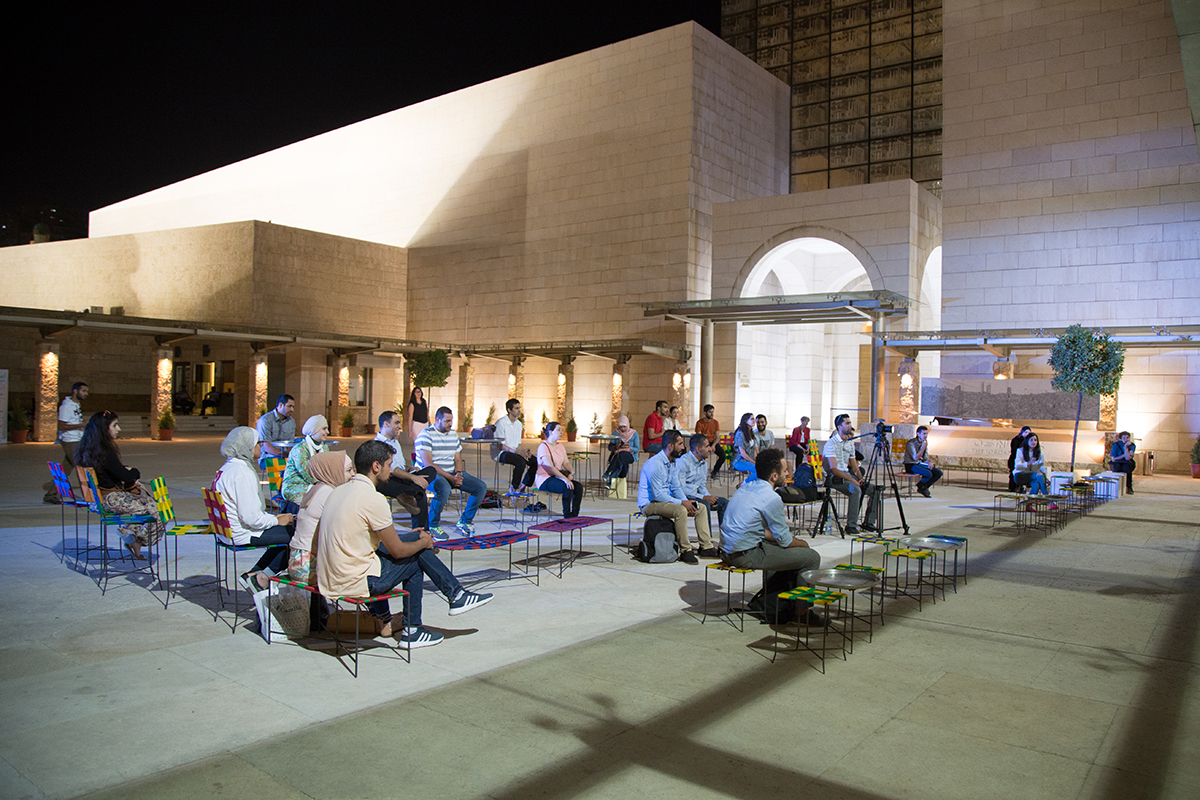

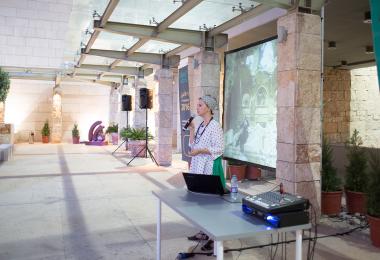
Memory Matrix
Azra Aksamija
The talk revolved around ‘The Memory Matrix’, which is a monument that explores the possibilities for future heritage creation.
© Amman Design Week 2016
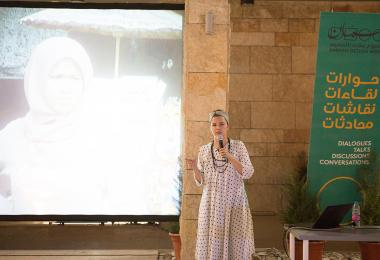
Memory Matrix
Azra Aksamija
The monument employs new fabrication techniques and transcultural workshops.
© Amman Design Week 2016
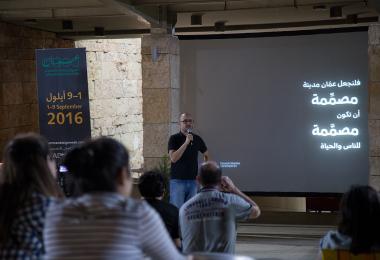
Can Design Change Amman (and the World)?
Ahmad Humeid
Ahmad Humeid discussed the story and philosophy behind the Amman’s Unofficial Transport Map.
© Amman Design Week 2016
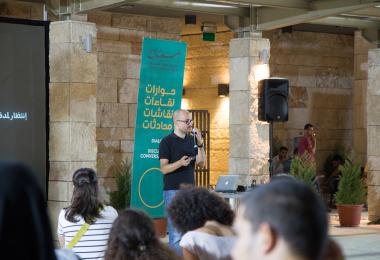
Can Design Change Amman (and the World)?
Ahmad Humeid
The Amman’s Unofficial Transport Map was designed by Syntax in 2016 in collaboration with Ma’an Nasel, an independent initiative working on transportation projects in Amman.
© Amman Design Week 2016
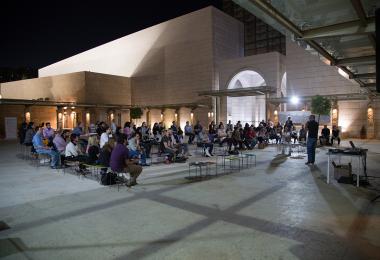
Can Design Change Amman (and the World)?
Ahmad Humeid
Humeid discussed the challenges that Jordan faces.
© Amman Design Week 2016
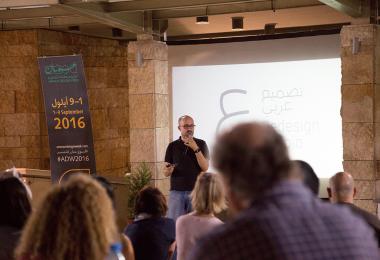
Can Design Change Amman (and the World)?
Ahmad Humeid
The talk explored the need for designers to contribute and participate in improving aspects of their environment and city structure.
© Amman Design Week 2016
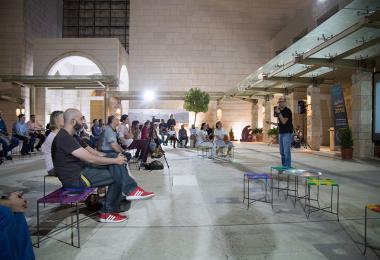
Can Design Change Amman (and the World)?
Ahmad Humeid
© Amman Design Week 2016
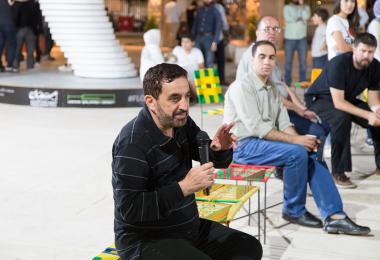
MADAFA Pavilion
Arini in Conversation with Rasem Kamal and Saja Nashashibi
Curators of the MADAFA pavilion; Arini founders discussed their approach to architecture and urbanism as well as their transdisciplinary projects.
© Amman Design Week 2016
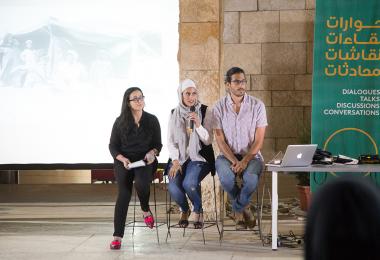
MADAFA Pavilion
Arini in Conversation with Rasem Kamal and Saja Nashashibi
The talk was joined in conversation by the designers Rasem Kamal and Saja Nashashibi to present the vision behind the pavilion, its design, form and content.
© Amman Design Week 2016
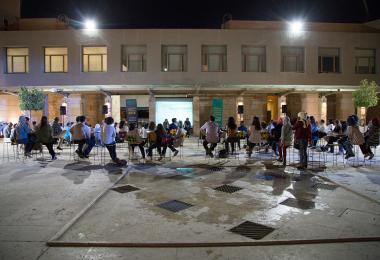
The Designer's New Skin
Max Fraser in Conversation with Mohammad Al-Asad and Sahel Al Hiyari
The talk discussed the varying approaches to being a designer today.
© Amman Design Week 2016
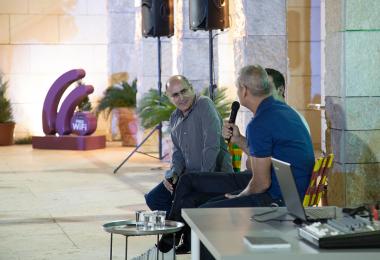
The Designer's New Skin
Max Fraser in Conversation with Mohammad Al-Asad and Sahel Al Hiyari
The speakers explored the role of designers from working independently as an entrepreneur, designing for industry, and working within larger organizations and governments.
© Amman Design Week 2016
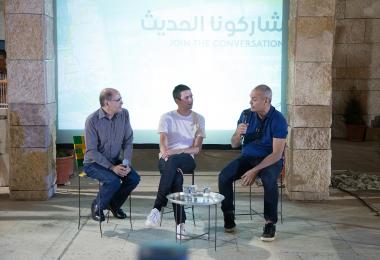
The Designer's New Skin
Max Fraser in Conversation with Mohammad Al-Asad and Sahel Al Hiyari
Max Fraser joined the designer and curator of Amman Design Week’s Hangar Exhibition, architect Sahel Al Hiyari and Mohammad Al-Asad.
© Amman Design Week 2016
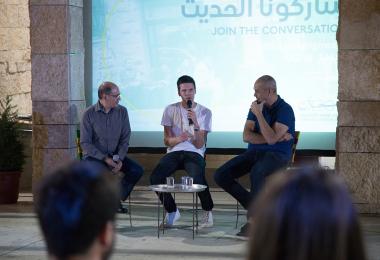
The Designer's New Skin
Max Fraser in Conversation with Mohammad Al-Asad and Sahel Al Hiyari
© Amman Design Week 2016
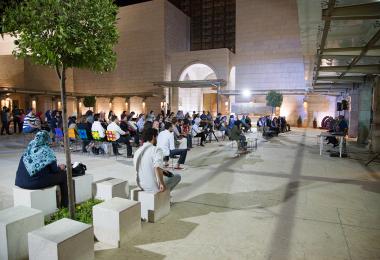
The Designer's New Skin
Max Fraser in Conversation with Mohammad Al-Asad and Sahel Al Hiyari
© Amman Design Week 2016
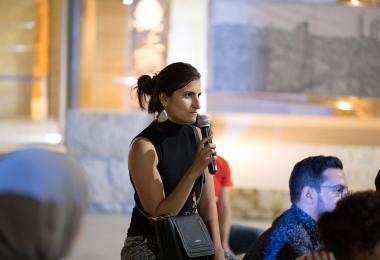
Design vs. Business Binary
eyen and Lilian Abou Zeki
What happens when design as an artefact is no longer the objective?
© Amman Design Week 2016
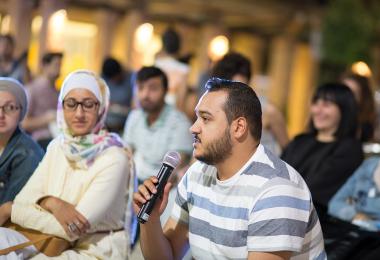
Design vs. Business Binary
eyen and Lilian Abou Zeki
What happens when designers embrace their capacity as creative problem solvers and integrate into the remaining phases of creation which can include business, strategy, and other functions?
© Amman Design Week 2016
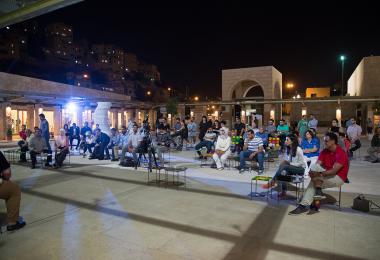
Design vs. Business Binary
eyen and Lilian Abou Zeki
This discussion addressed the binary that exists between design and business.
© Amman Design Week 2016
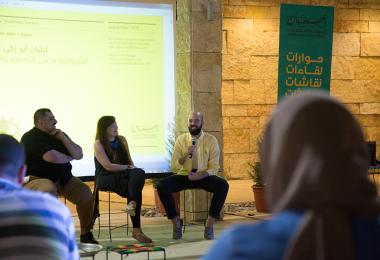
Design vs. Business Binary
eyen and Lilian Abou Zeki
The discussion featured guest speaker Lilian Abou Zeki and eyen founders Yousef Abedrabbo & Omar Al-Zo'bi.
© Amman Design Week 2016
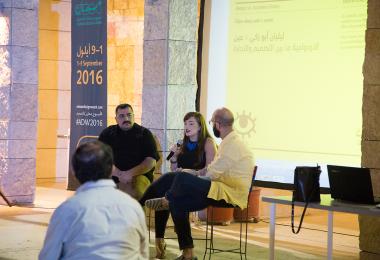
Design vs. Business Binary
eyen and Lilian Abou Zeki
© Amman Design Week 2016
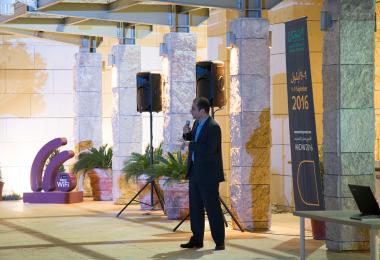
City Design and Pedestrianism
Mohammad Rahahleh
Mohammad Rahahleh talked about how the development and structure of the city of Amman and its urban design have affected the human experience of the city.
© Amman Design Week 2016
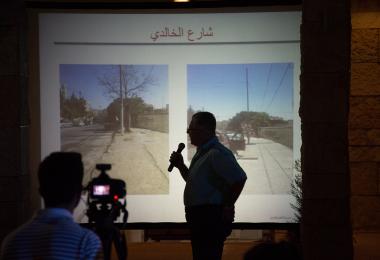
City Design and Pedestrianism
Mohammad Rahahleh
Rahahleh focused on the participatory nature of design.
© Amman Design Week 2016
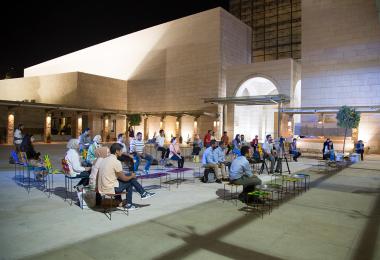
City Design and Pedestrianism
Mohammad Rahahleh
The speaker shared his vision and future plans for creating sustainable transport and urban design at a local government level.
© Amman Design Week 2016
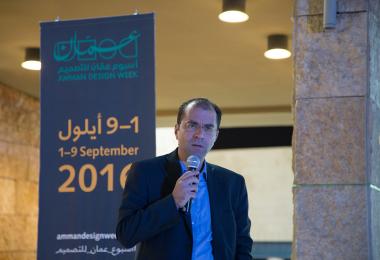
City Design and Pedestrianism
Mohammad Rahahleh
Rahahleh focused on urban mobility and pedestrianism.
© Amman Design Week 2016
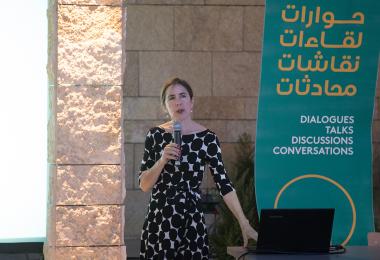
Material Difference
Katherine Faulkner
This talk discussed making prototypes that optimize fabrication using conventional materials in unconventional ways, and unconventional materials in conventional ways.
© Amman Design Week 2016
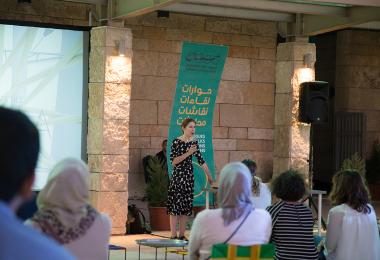
Material Difference
Katherine Faulkner
Instead of limiting the architects’ use to a traditional palette consisting of concrete, wood, brick, glass, and metal, however, there was an expanded use of available materials to embrace a design ethos that bridges research, practice, and the possibilities.
© Amman Design Week 2016
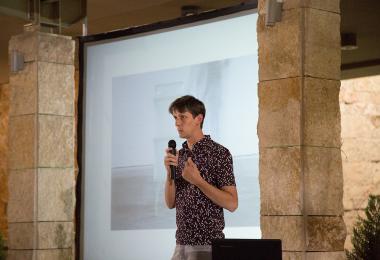
Motion in Design
Michiel Martens
Studio Martens & Visser believes that through digital means, smart materials, old techniques and craftsmanship, motion can be brought back into our domain and that the non-static will become a bigger and more important element in our future daily environments.
© Amman Design Week 2016
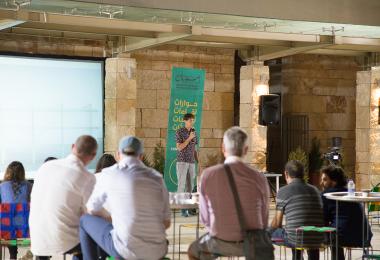
Motion in Design
Michiel Martens
This lecture explored how we use motion in our designs.
© Amman Design Week 2016
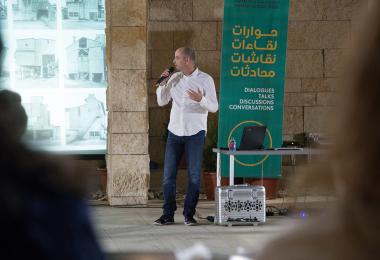
Designing Contemporary Heritage
Roy Letterlé
Heritage reflects both good and bad events, and the varying experiences of a wide range of individuals and social groups, creating an authentic society.
© Amman Design Week 2016
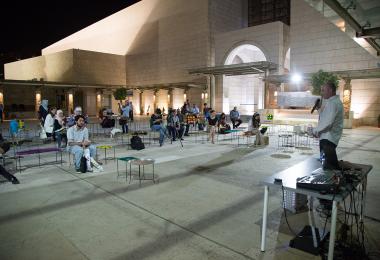
Designing Contemporary Heritage
Roy Letterlé
During this talk Roy Letterlé talked about the role of industrial heritage in the work of Studio Mieke Meijer and the different steps in the design process.
© Amman Design Week 2016
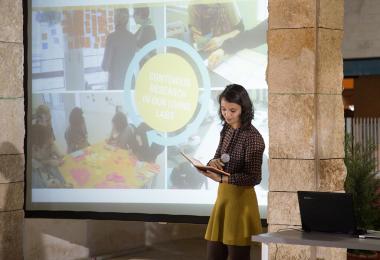
NE+AR
Lisa Hu
The talk introduced NE+AR, which is a bridge building initiative between The Netherlands and the Arab world.
© Amman Design Week 2016
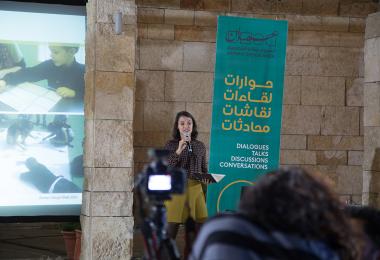
NE+AR
Lisa Hu
The initiative believes that while it is common to anchor oneself in local initiatives and people, innovative technologies help us connect with like-minded individuals and organizations all over the world.
© Amman Design Week 2016
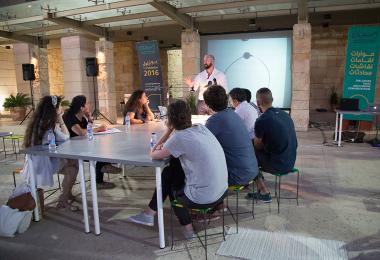
Circle of Innovation
Paul Hughes
How do we innovate? How can design drive innovation?
© Amman Design Week 2016
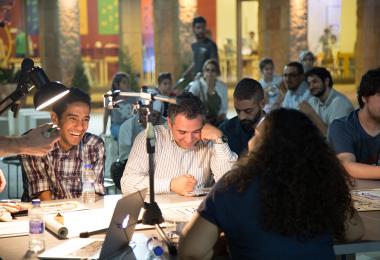
Circle of Innovation
Paul Hughes
Every organization needs to create a culture of innovation, for it is only the habit of innovation that leads to success.
© Amman Design Week 2016
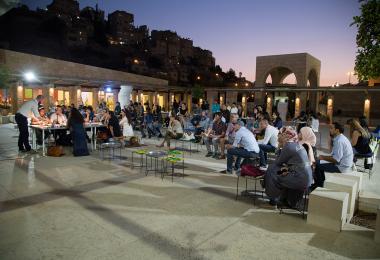
Circle of Innovation
Paul Hughes
It is an ongoing process that looks beyond problem solving to opportunity seeking.
© Amman Design Week 2016
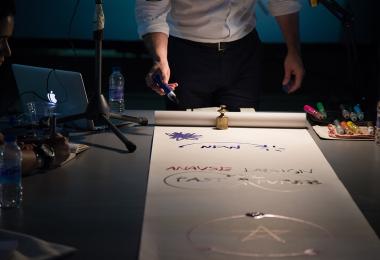
Circle of Innovation
Paul Hughes
In this talk, Paul Hughes drew live as he spoke along ten meters of paper.
© Amman Design Week 2016
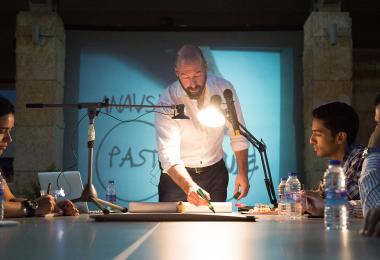
Circle of Innovation
Paul Hughes
Paul calls this unique form of storytelling Ten Meters of Thinking.
© Amman Design Week 2016
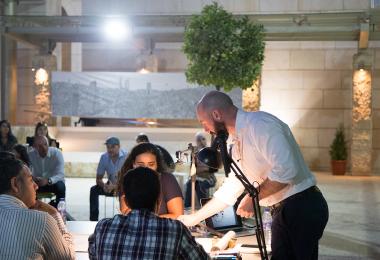
Circle of Innovation
Paul Hughes
© Amman Design Week 2016
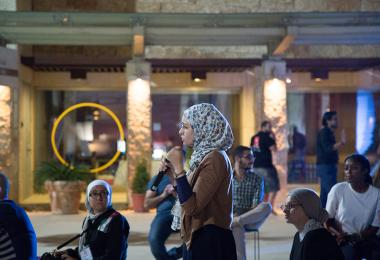
Human-Centered Design
Sahar Madanat
Local designer Sahar Madanat introduced audiences to her work and talked about what it means to design for people and tailor products to their specific needs.
© Amman Design Week 2016
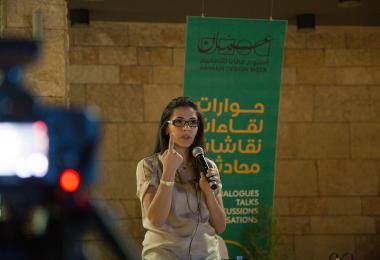
Human-Centered Design
Sahar Madanat
Sahar explained her design process using real examples of innovative and customized product designs.
© Amman Design Week 2016
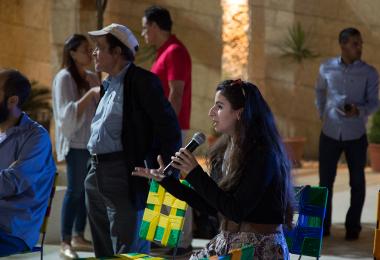
Impact
Hussein Alazaat and Ali Almasri
Wajha founders discussed the project's upcoming plans.
© Amman Design Week 2016
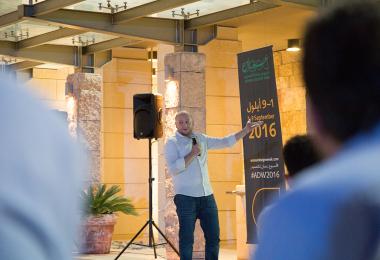
Impact
Hussein Alazaat and Ali Almasri
The designers talked about their project and how its development affected the design scene in the Arab world.
© Amman Design Week 2016
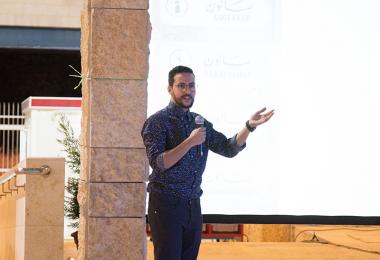
Impact
Hussein Alazaat and Ali Almasri
Co-Founders and Designers of Wajha are Hussein Alazaat and Ali Almasri.
© Amman Design Week 2016
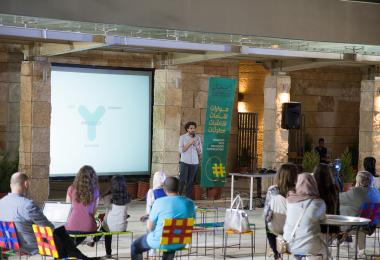
Y: The Most Important Letter in Design
Filippo Protasoni
A little journey through Filippo Protasoni’s works, seen through the design process and stories from offstage that make a project valuable for the market and clients.
© Amman Design Week 2016
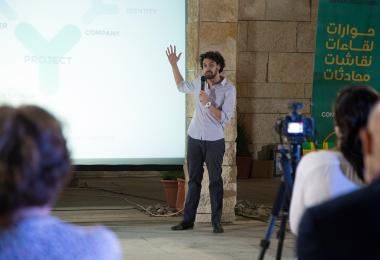
Y: The Most Important Letter in Design
Filippo Protasoni
© Amman Design Week 2016

